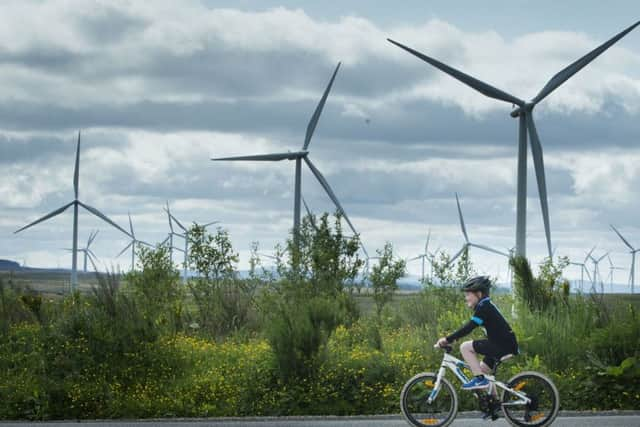Why wind farms are paid not to supply electricity '“ Hannah Smith
Demand for electricity from consumers isn’t constant, and neither is supply from variable sources like wind power, hydro or solar, or indeed from traditional power stations, which can suffer sudden breakdowns or require maintenance.
The average UK fossil-fuel power station is more than 30 years old. We need to replace these plants for two reasons: to ensure we have enough electricity in future and to reduce the carbon emissions which are causing climate change.


Advertisement
Hide AdAdvertisement
Hide AdOur electricity transmission system was built more than half a century ago, so requires upgrades in order to cope with new ways of generating and using power. A constraint arises when power cannot be transmitted to where it is needed, usually due to congestion at one or more points on the transmission network.
When this happens, National Grid must take action to ‘balance’ the network. This is similar to occasionally using traffic lights to manage the flow of cars joining a motorway during a busy period. It wouldn’t be economic or sensible to build another parallel motorway so that there was never a traffic jam.
In Great Britain, market generators pay to have firm access to the transmission system 24 hours a day, seven days a week, so they can choose when and how much to generate. When a generator cannot fully use the access paid for, they receive compensation in the form of a constraint payment.
In future, smart systems will help balance any mismatch in supply and demand, for instance by making better use of existing overhead lines rather than installing new ones, or ensuring electric vehicles charge during when demand is low or electricity plentiful. Scotland is playing a leading role in the development of these systems, but we’re still at the very start of seeing them make an impact on the energy system – an impact which will help us use more of the clean power generated by renewables, saving money for consumers.
Hannah Smith is senior policy manager at Scottish Renewables
